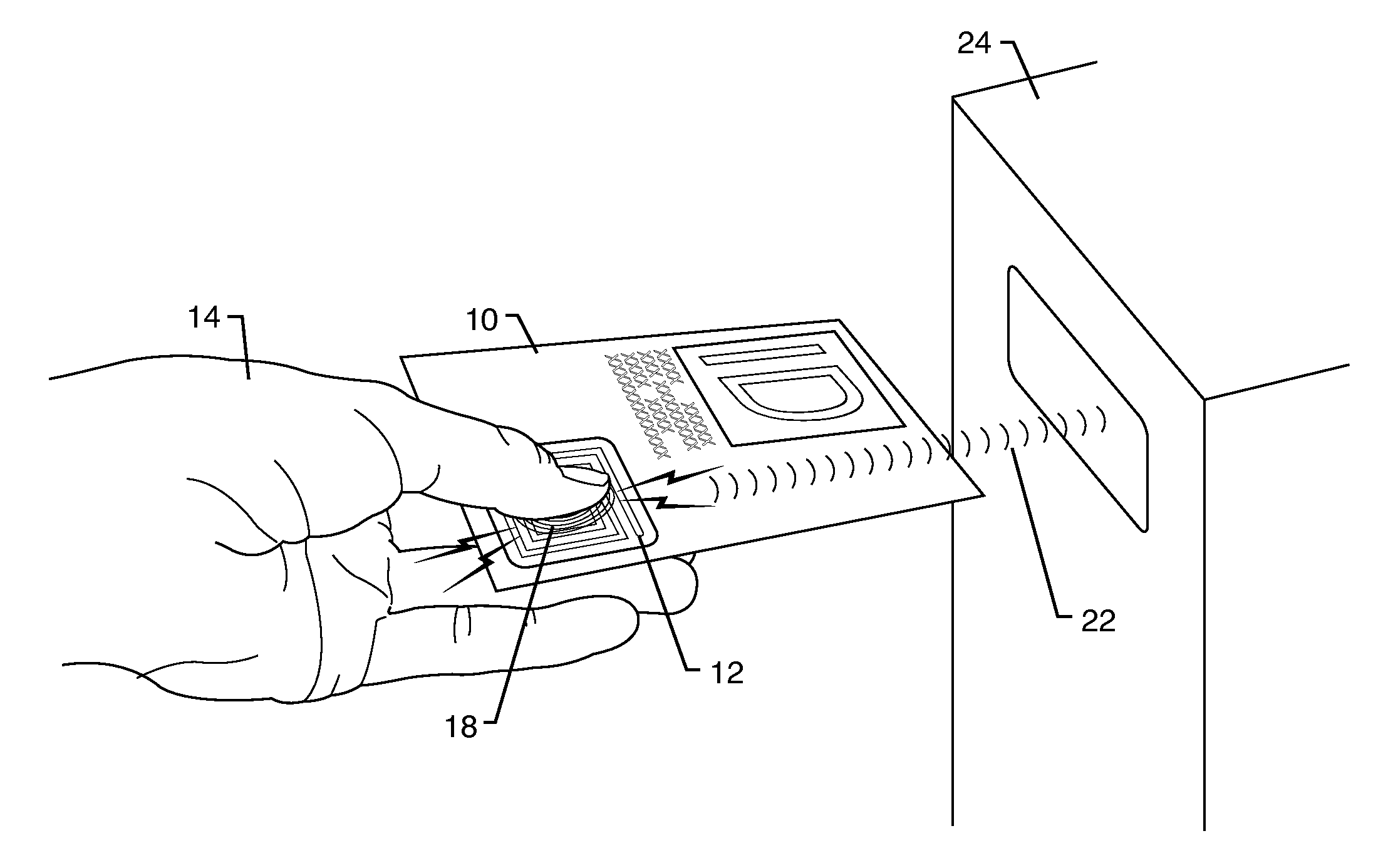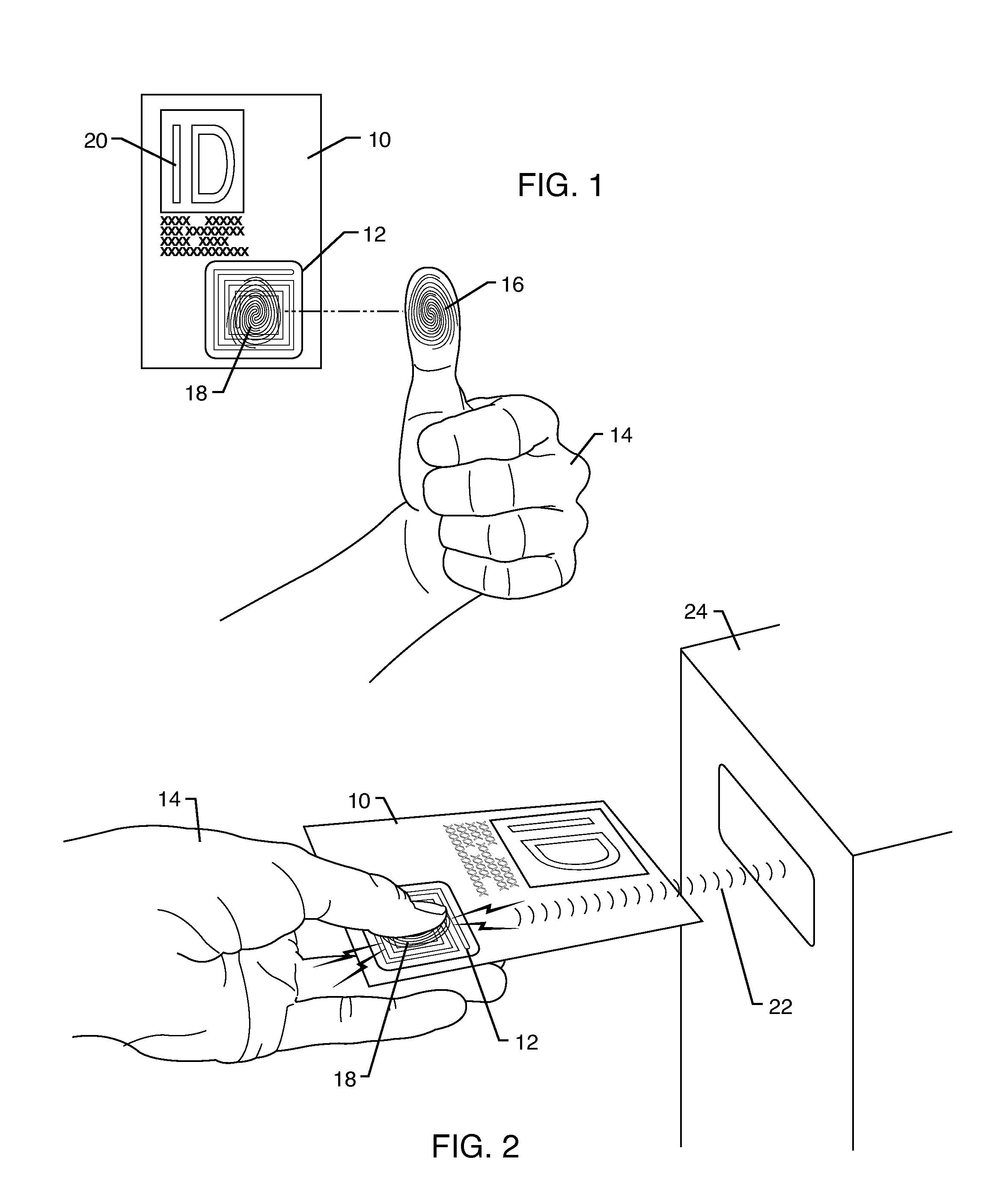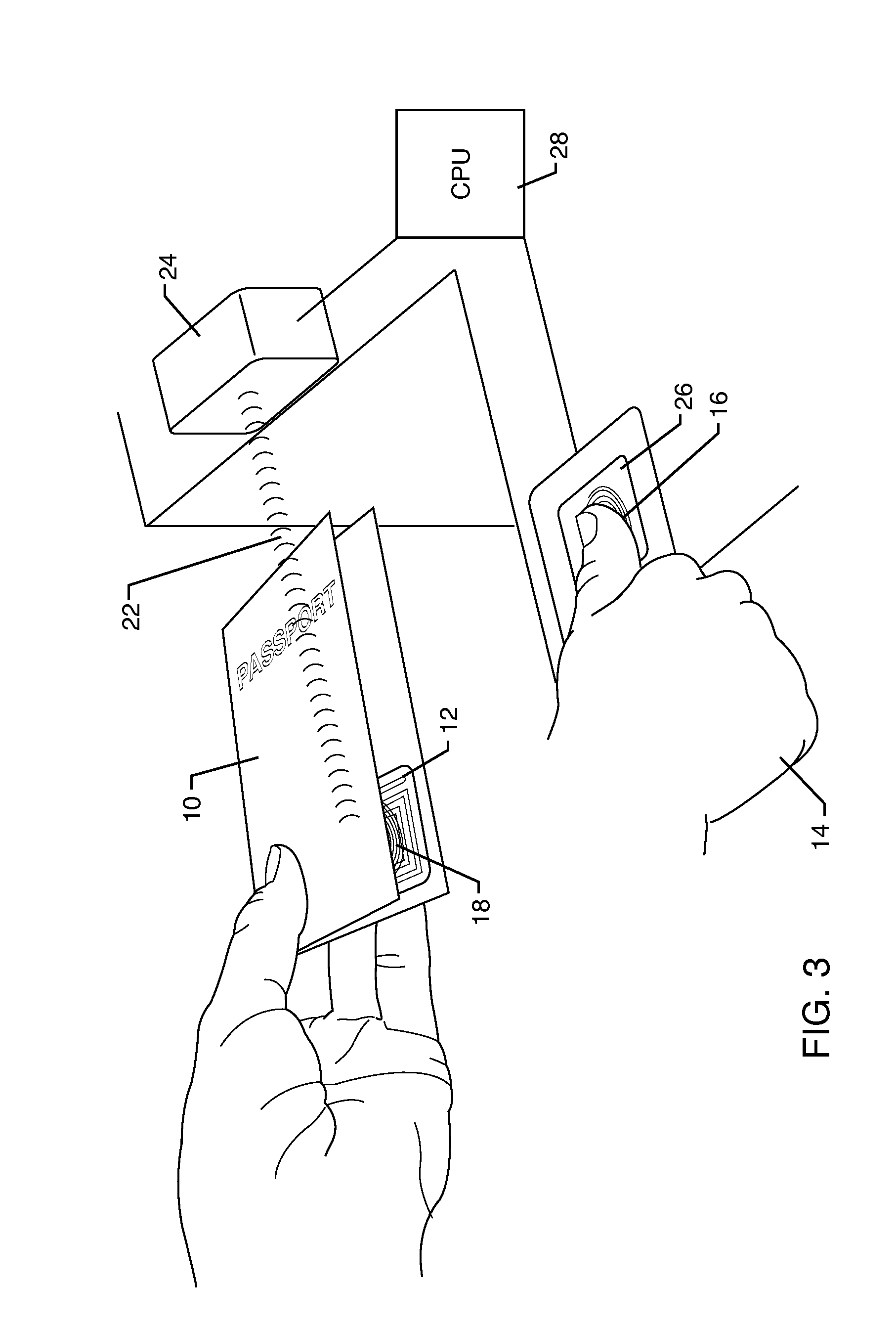Needless to say, and unfortunately, identity theft is a growing problem in the United States and around the world.
Obviously, an identity theft victim can suffer any one of a number of adverse consequences, including loss of rights, financial loss, loss of data or other information, and can even be held responsible for financial debts incurred or crimes committed by the perpetrator in the name of the victim.
Oftentimes, sensitive and / or private
electronic information is stolen or misappropriated through elaborate
phishing schemes or other ploys designed to get users to inadvertently provide account information (e.g., username and / or
password) or download and install malicious
software to an electronic device used to store and / or transmit sensitive information.
Additionally, financial institutions are particularly prone to data breaches as a result of malicious hackers vying to obtain sensitive financial information.
It is oftentimes difficult, if not impossible, to secure lost information or other important documents once the information is misappropriated.
Additionally, identity theft poses a major problem for national security as it increases the difficulty for law
enforcement officials to properly identify criminals or for customs officials to stop terrorists from entering the country.
This can be especially problematic at the border in view that the United States is now using RFID tags in passports to identify citizens entering and leaving the country.
One problem with this use is that RFID was not originally designed to authenticate human beings.
One problem with this is that the data on an RFID
chip or tag can be cloned.
This is particularly problematic because passport information may be stolen without the knowledge of the owner.
As a result, using RFID in passports may actually make the information stored therein less secure.
This is certainly a problem regarding both national security and privacy.
With respect to national security, identity theft jeopardizes the accurate identification of U.S. nationals or others who may be of interest to the U.S. government.
Another security problem associated with RFID is the illicit tracking of RFID tags.
In this regard, the ability to read a tag containing personal identification information or other secure or private data poses a risk to privacy, not only for individuals who may be carrying RFID enabled passports, but also for merchandise throughout the supply chain and thereafter.
But, without a secure means of controlling communication with the RFID tag, it may be relatively easy to illicitly track the product through the supply chain.
This can be particularly undesirable for the product owner.
Here, tag identification information changes after each scan to reduce the usefulness of observer responses.
One drawback of cryptographically-enabled tags is that they are typically more expensive and require more power than simpler equivalents.
These drawbacks certainly limit the scope of potential deployment.
As a result, some manufacturers developed RFID tags that use weaker or proprietary
encryption schemes.
Another drawback of such challenge-response algorithms is that the RFID tags typically fail to have computational resources to process the cryptographic authentications without a significant cost increase associated thereto.
The true effectiveness of this technology is unknown as it is still experimental.
For example, low-frequency RFID tags (e.g., human or animal implantable tags) are relatively resistant to shielding while higher-frequency RFID tags (e.g., 13.56 MHz smart cards and access badges) are somewhat sensitive to shielding and tend to be difficult to read when within a few inches of a
metal surface.
The Nwosu device, therefore, has two readily apparent drawbacks: first, replication of the
fingerprint against the
scanner is far easier than with said keyed circuit.
Second, Nwosu cannot terminate RFID activation when the finger is removed from the RFID circuit.
The problem here is that the
fingerprint scanner does not require interaction with the user's finger—rather, it only requires a one-time scan to obtain the
fingerprint.
Colby does not disclose, however, the ability for the tag to redirect the energy captured from the external reader outside of the RFID tag, e.g., to power “on” or power “off” the electronic device (e.g., a smartphone) to which the RFID tag is coupled.
In terms of inventory and tracking, Colby is particularly deficient in this respect.
Additionally, U.S. Publication No. 2009 / 0102606 to Kim discloses a method for authenticating an RFID tag by means of using a rotating synchronization scheme between the tag and reader, but fails to disclose synchronization of an electronic device (e.g., a
database) with the product carrying the RFID tag.
The problem with Kim is that the synchronization occurs between the RFID tag and reader, as opposed to between the electronic device and product.
The product itself, i.e., the item being tracked, is otherwise lost because it is no longer attached to the RFID tag.
So, the obvious drawback in Kim is that the product could be disassociated with the RFID tag and the synchronization and
tracking system disclosed therein would have no way of knowing this occurred.
 Login to View More
Login to View More  Login to View More
Login to View More 


